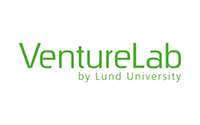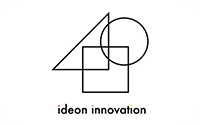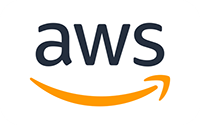Empowering Kids Worldwide
Through Multilingual Coding Education
Discover our engaging, project-based learning platform that connects children with inspiring mentors in their native language, fostering creativity, critical thinking, and self-confidence.
Kids Roadmap at Codiska
At Codiska we have developed a fun, interactive program that will help your child learn to code.

Scratch Junior is a visual programming language designed to introduce programming skills to children ages 5–7. By creating projects in ScratchJr, young children can learn to think creatively and reason systematically, despite not being able to read. Our Journey starts with Scratch Junior.
Minecraft is a sandbox video game where children can develop problem solving mindsets while enjoying its simplistic gameplay and having fun.
Scratch is a high-level block-based visual programming language and website targeted primarily at children 8–16 as an educational tool for programming. Users on the site, called Scratchers, can create projects on the website using a block-like interface.
Students will use the knowledge they’ve gained in the previous step. With the help of our own Scratch simulator, they can use Scratch to program Hamster, a tiny programmable robot, to follow simple tasks.
App Inventor is a web application integrated development environment originally provided by Google, and now maintained by the Massachusetts Institute of Technology. Students can learn to design and program applications on a simple level.
Python is an interpreted general-purpose programming language. Its design philosophy emphasizes code readability. Its language constructs as well as its object-oriented approach aim to help write clear, logical code. Students can learn basic python and programming using the python language.
The combination of Minecraft and Python coding, where students can see and experience their python codes in the simplistic and colorful world of minecraft.
Students will learn how to design and program websites and web pages by using Wordpress, a free and open-source content management system written in PHP.
In today’s world the Internet is used to connect many things besides computers. This course will teach students how to use the web to survey, control and access many systems remotely.
Using The Unity Engine, students can learn how to design and program games whilst learning to code and controlling Game physics and behaviors using C Sharp.
Data science combines previously learnt programming knowledge with statistical knowledge to create insight from a data set. Students will learn about Data Science and how to apply Data Science Skills to move onto the next step.
Machine learning is a subfield of artificial intelligence, which is broadly defined as the capability of a machine to imitate intelligent human behavior. Artificial intelligence systems are used to perform complex tasks in a way that is similar to how humans solve problems. Using the knowledge students have learned in the previous step, they can move onto learning about AI & Machine Learning.
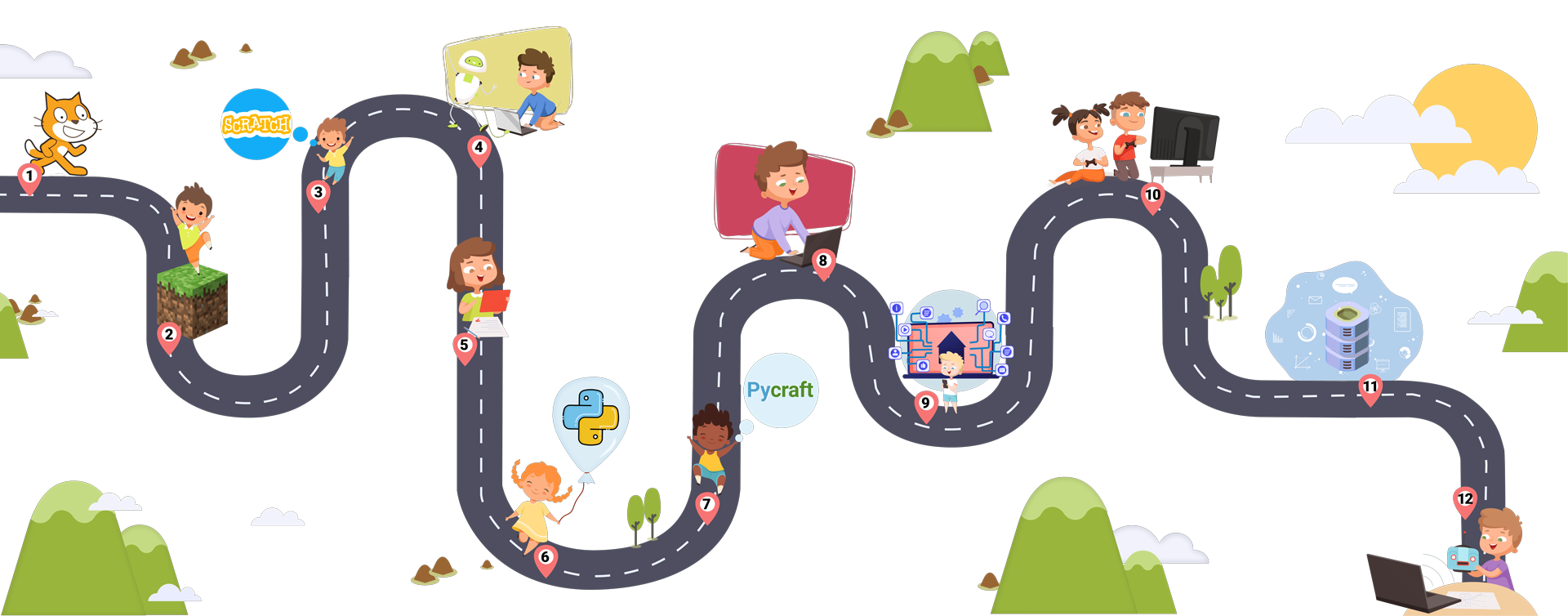
Scratch Junior is a visual programming language designed to introduce programming skills to children ages 5–7. By creating projects in ScratchJr, young children can learn to think creatively and reason systematically, despite not being able to read. Our Journey starts with Scratch Junior.
Minecraft is a sandbox video game where children can develop problem solving mindsets while enjoying its simplistic gameplay and having fun.
Scratch is a high-level block-based visual programming language and website targeted primarily at children 8–16 as an educational tool for programming. Users on the site, called Scratchers, can create projects on the website using a block-like interface.
Students will use the knowledge they’ve gained in the previous step. With the help of our own Scratch simulator, they can use Scratch to program Hamster, a tiny programmable robot, to follow simple tasks.
App Inventor is a web application integrated development environment originally provided by Google, and now maintained by the Massachusetts Institute of Technology. Students can learn to design and program applications on a simple level.
Python is an interpreted general-purpose programming language. Its design philosophy emphasizes code readability. Its language constructs as well as its object-oriented approach aim to help write clear, logical code. Students can learn basic python and programming using the python language.
The combination of Minecraft and Python coding, where students can see and experience their python codes in the simplistic and colorful world of minecraft.
Students will learn how to design and program websites and web pages by using Wordpress, a free and open-source content management system written in PHP.
In today’s world the Internet is used to connect many things besides computers. This course will teach students how to use the web to survey, control and access many systems remotely.
Using The Unity Engine, students can learn how to design and program games whilst learning to code and controlling Game physics and behaviors using C Sharp.
Data science combines previously learnt programming knowledge with statistical knowledge to create insight from a data set. Students will learn about Data Science and how to apply Data Science Skills to move onto the next step.
Machine learning is a subfield of artificial intelligence, which is broadly defined as the capability of a machine to imitate intelligent human behavior. Artificial intelligence systems are used to perform complex tasks in a way that is similar to how humans solve problems. Using the knowledge students have learned in the previous step, they can move onto learning about AI & Machine Learning.
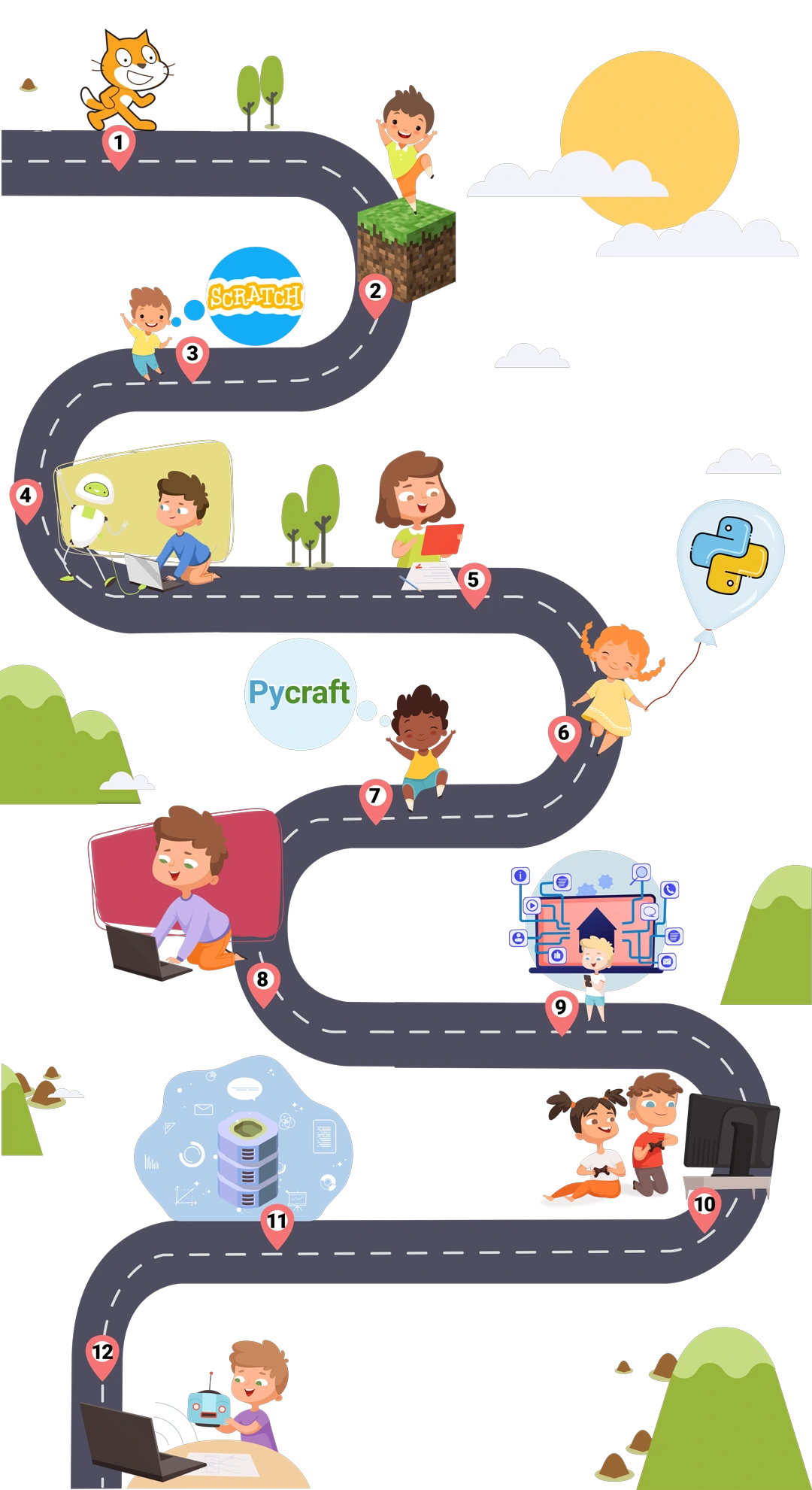
Scratch Junior is a visual programming language designed to introduce programming skills to children ages 5–7. By creating projects in ScratchJr, young children can learn to think creatively and reason systematically, despite not being able to read. Our Journey starts with Scratch Junior.
Minecraft is a sandbox video game where children can develop problem solving mindsets while enjoying its simplistic gameplay and having fun.
Scratch is a high-level block-based visual programming language and website targeted primarily at children 8–16 as an educational tool for programming. Users on the site, called Scratchers, can create projects on the website using a block-like interface.
Students will use the knowledge they’ve gained in the previous step. With the help of our own Scratch simulator, they can use Scratch to program Hamster, a tiny programmable robot, to follow simple tasks.
App Inventor is a web application integrated development environment originally provided by Google, and now maintained by the Massachusetts Institute of Technology. Students can learn to design and program applications on a simple level.
Python is an interpreted general-purpose programming language. Its design philosophy emphasizes code readability. Its language constructs as well as its object-oriented approach aim to help write clear, logical code. Students can learn basic python and programming using the python language.
The combination of Minecraft and Python coding, where students can see and experience their python codes in the simplistic and colorful world of minecraft.
Students will learn how to design and program websites and web pages by using Wordpress, a free and open-source content management system written in PHP.
In today’s world the Internet is used to connect many things besides computers. This course will teach students how to use the web to survey, control and access many systems remotely.
Using The Unity Engine, students can learn how to design and program games whilst learning to code and controlling Game physics and behaviors using C Sharp.
Data science combines previously learnt programming knowledge with statistical knowledge to create insight from a data set. Students will learn about Data Science and how to apply Data Science Skills to move onto the next step.
Machine learning is a subfield of artificial intelligence, which is broadly defined as the capability of a machine to imitate intelligent human behavior. Artificial intelligence systems are used to perform complex tasks in a way that is similar to how humans solve problems. Using the knowledge students have learned in the previous step, they can move onto learning about AI & Machine Learning.
How it Works?
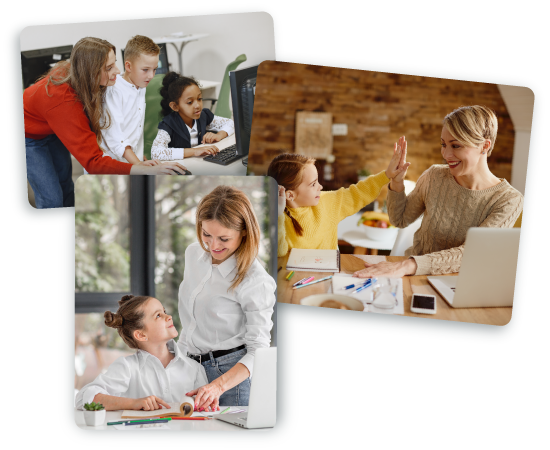
. Sign Up
Create an account for your child on Codiska, and select their preferred language and the course they would like to start with.
. Access Learning Materials
Each week, your child will receive fun, project-based learning materials, including video tutorials, exercises, and quizzes, designed to explore at their own pace.
. Connect with a Mentor
Schedule weekly 1:1 mentorship sessions, where your child can discuss their progress, ask questions, and receive personalized guidance from an experienced mentor in their native language.
. Work on Projects
Your child will work on exciting coding projects, applying the concepts they’ve learned and developing their problem-solving and creativity skills.
. Collaborate and Present
At the end of each project, students have the opportunity to attend a group session, where they present their work, learn from their peers, and celebrate their achievements together.
. Progress and Grow
As your child completes projects and gains confidence in their coding abilities, they can advance through the learning roadmap, exploring new topics, languages, and technologies.
Achievement: Developed a mobile app to help her community track local events and volunteer opportunities.
Achievement: Won first place in a national robotics competition with a custom-built robot.
Achievement: Created a website to raise awareness and funds for endangered animals, receiving local media coverage.
Achievement: Emilia successfully created her first game using Scratch, which was enjoyed by her friends and family.
Achievement: Aarav developed a user-friendly homework organization app using App Inventor, which was enthusiastically received by his classmates.
Join Our Vibrant Global Community
At Codiska, we believe that learning to code is more than just acquiring a new skill; it’s about joining a thriving community of students, mentors, and passionate educators from around the globe. Our community is dedicated to supporting and inspiring each other through:
Mentorship
Our experienced mentors provide personalized guidance and encouragement, helping students overcome challenges and reach their full potential.
Collaboration
Students have the opportunity to work together on projects, share their ideas and creations, and learn from each other's unique perspectives.
Global Connections
Codiska fosters a diverse and inclusive environment, where students can build friendships and connections with peers from different countries, cultures, and backgrounds.
Celebrating Achievements
We believe in recognizing and celebrating the accomplishments of our students, both big and small. From completing projects to participating in competitions, every milestone is an opportunity to applaud and encourage their growth.

In today’s rapidly evolving technological landscape, problem solving skills have become increasingly valuable.
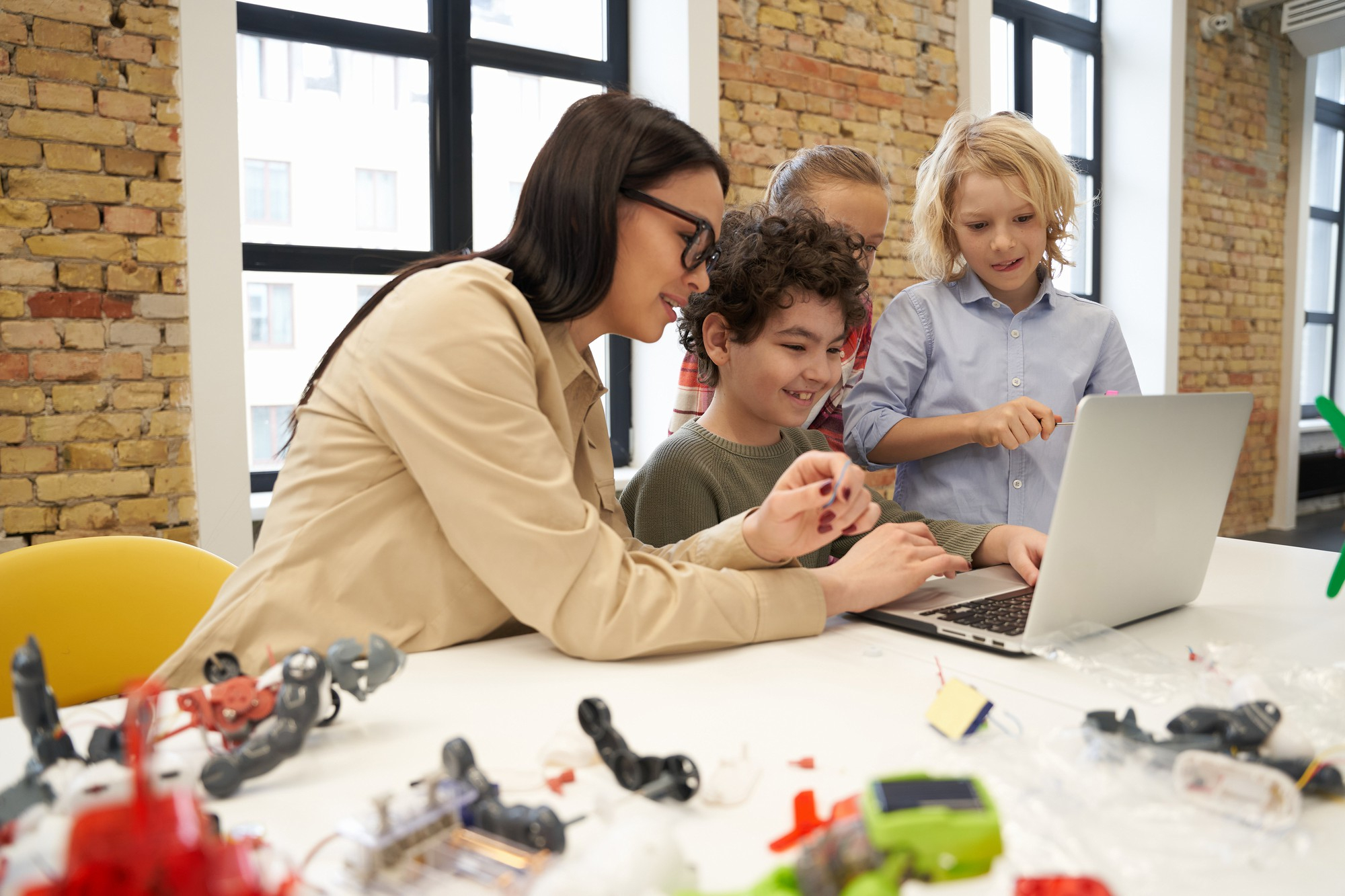
In the digital age, the importance of teaching children to code cannot be overstated. However, as we empower the
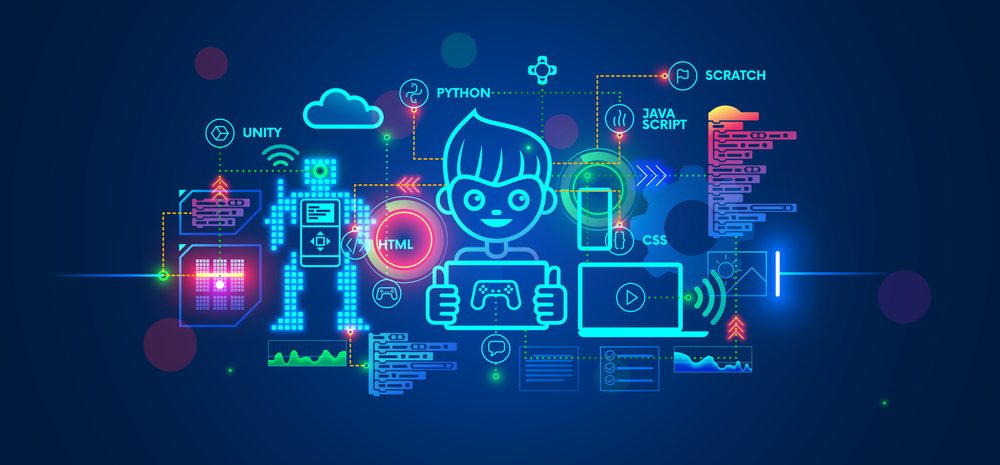
What is Coding? Coding, at its simplest, is a process of communicating with computers.It’s a language that
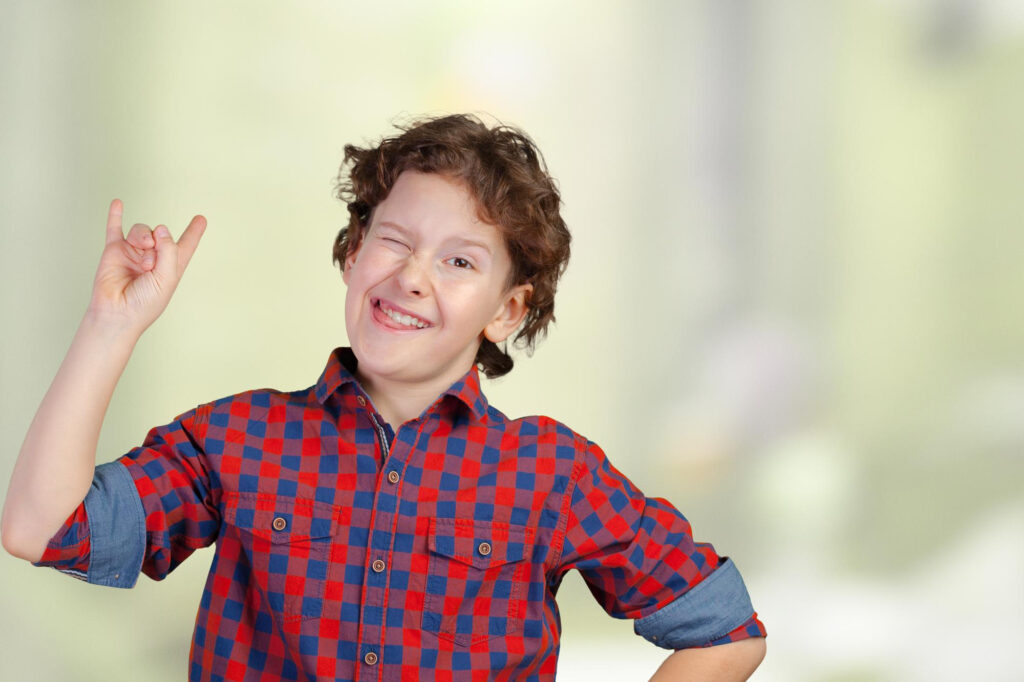
Coding is really the best way for children to experiment and create! I mean, can you think of anything else that allows you to create

In today’s increasingly digital world, programming has become an essential skill for children to
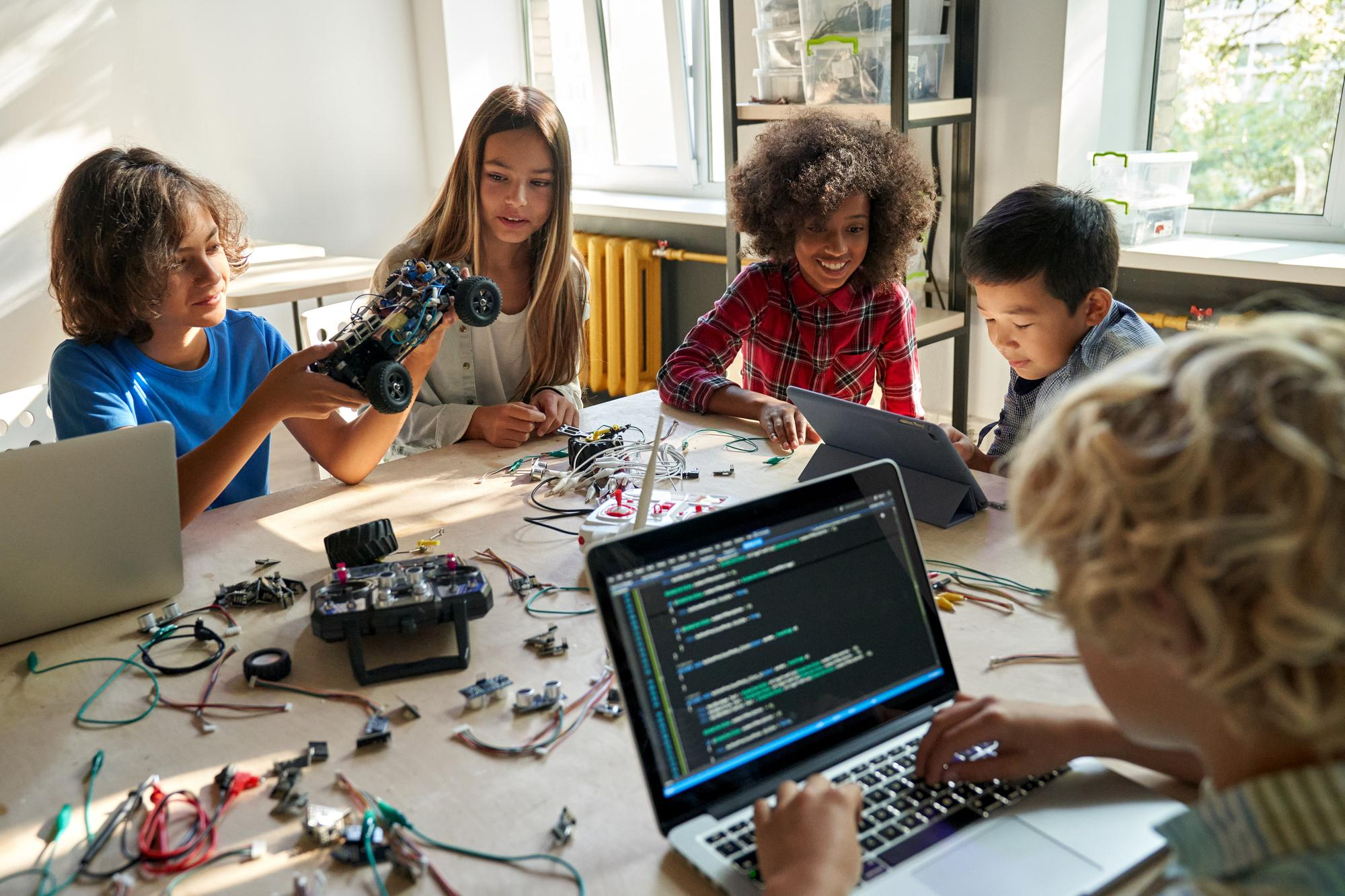
In recent years, project-based learning (PBL) has emerged as a powerful instructional approach that promotes deeper
Frequently asked questions
Each course lasts for 3 months, during which the child will receive a weekly fun and challenging task to complete independently. A 1-1 meeting with their tutor is available to help them finish the task, and at the end of the week, the child will present their solution with other children who have completed the task.
The core of the program is project-based learning. Every month the child will receive a project and learning material needed to understand and finish the project. This material is broken down into weekly phases giving the child enough time to finish the project. We also offer weekly 1-1 mentoring sessions. In these sessions, your child will discuss the project and its progress with a qualified mentor who will help and provide feedback. There are also weekly group sessions where your child will present their unique solutions for the project to the tutor and fellow students in a positive and supportive atmosphere, which will develop the child’s communication skills.
For children, learning to code is a great way to improve and develop their creativity, problem-solving, communication, and social skills. It also enables children to navigate programming and other related environments by themselves. That is why Codiska has developed a program that allows children to learn to code and have fun. It could also be your child’s first step into coding and programming, an industry growing daily.
We offer programs for kids aged 6-14, with some being too challenging for 6 year olds and some being too easy for 14 year olds. However, even children as young as 5 or 6 can grasp the coding concepts. Sign up for our free trial to let your child try it out.
Coding is an excellent tool for your kid to learn and explore their creativity and problem-solving ability. It’s a world in which they can create freely, which will challenge them continuously as they develop their skills more and more over time. At Codiska, we have also created an interactive program that teaches the child to code in a fun way. Let your child try for free through our free trial.
1-1 online tutoring can benefit a child because it provides personalized attention and allows the tutor to tailor their teaching style to their needs and learning pace. It also offers a more comfortable and familiar learning environment, which can lead to better engagement and retention of information. Additionally, online tutoring eliminates the need for trips and allows for more flexible scheduling, making it more convenient for both the child and the tutor.”
That depends on the course, as some are more advanced. In general there will be 3-4 hours of work for the child creating a solution to the task. There are also a 30 minutes 1-1 tutoring session every week and one hour for presentation of solutions every week, where all kids will present their solution to the task.
As a parent, you are welcome to join; however, all tasks are designed so that children can successfully finish them themselves.

